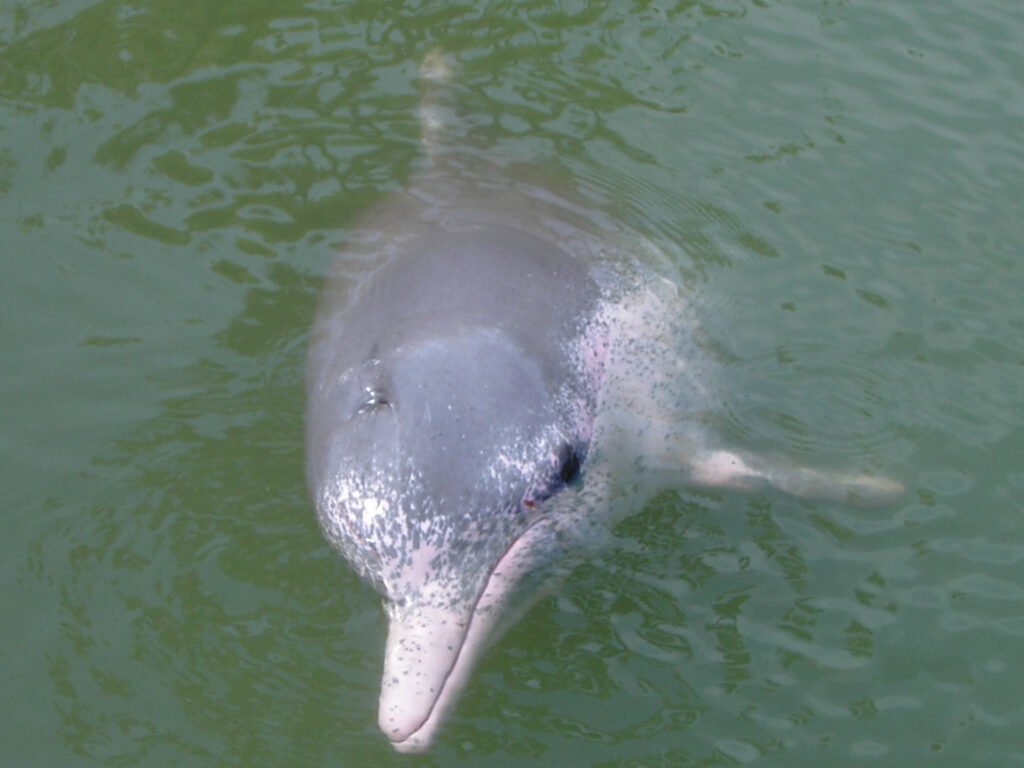Imagine a world where the weight of ten thousand elephants presses down on every square inch of your body. Now picture not only surviving, but thriving in such an environment. Deep beneath the ocean’s surface, in places so dark and crushingly intense that no human could hope to survive, a tiny, almost invisible champion reigns supreme. It isn’t a colossal whale or armored crustacean, but a humble microbe whose resilience rewrites everything we thought we knew about life’s limits. This is the story of the most pressure-tolerant organism ever discovered—a tale that challenges our imagination and stretches the boundaries of science.
Unveiling the Deep: Where Pressure Knows No Mercy
The deep sea is a realm of unimaginable extremes. At depths exceeding 10,000 meters, the pressure can soar beyond 1,100 times that of the surface atmosphere. To put this in perspective, it’s like being trapped beneath the weight of Mount Everest multiplied several times over. In these lightless trenches, most life forms would be instantly crushed, their cellular machinery destroyed by the force. Yet, some creatures not only endure, but flourish here, revealing just how inventive evolution can be when pushed to its limits.
The Microbe that Laughs at Pressure: Meet Halomonas salaria
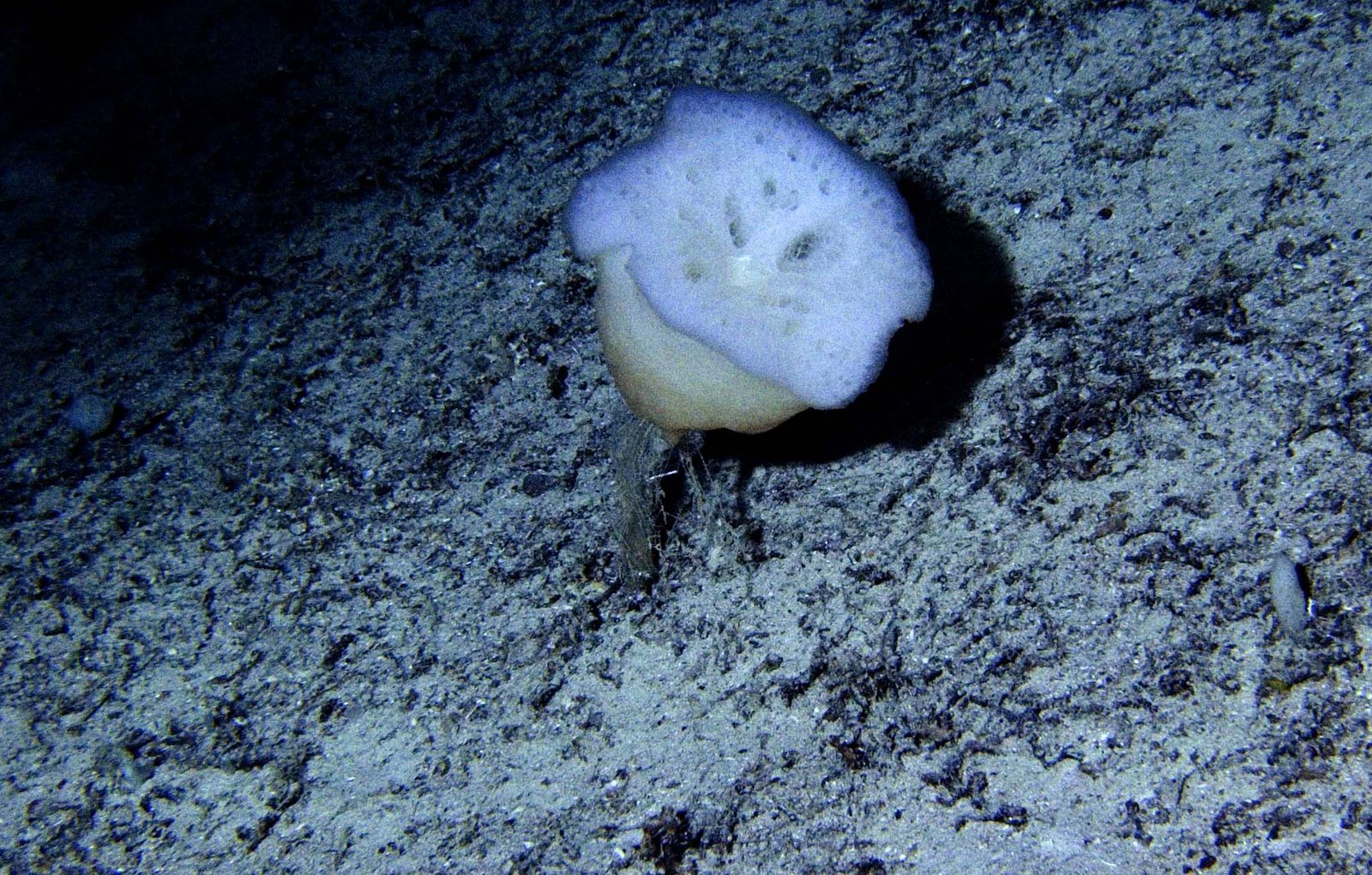
Among the most astonishing discoveries is Halomonas salaria, a microbe that makes even the hardiest deep-sea creatures look fragile. This bacterium was found thriving in sediments from some of the ocean’s deepest trenches, places previously thought to be nearly sterile. Laboratory experiments have shown that Halomonas salaria can survive and reproduce at pressures exceeding 1,100 megapascals—over 10,000 times atmospheric pressure. That’s a level of resilience that outstrips all known multicellular animals and plants, making this microbe the undisputed champion of pressure tolerance.
How Does It Survive? The Science Behind the Strength
The secret to Halomonas salaria’s extraordinary survival lies in its unique cellular architecture. Its cell membranes are reinforced with specialized lipids that remain fluid and flexible, even when squeezed by overwhelming pressure. Additionally, its proteins and enzymes are adapted to keep functioning without denaturing, thanks to structural tweaks that act like microscopic shock absorbers. These adaptations aren’t just fascinating—they’re inspiring, hinting at biotechnological possibilities for designing pressure-resistant substances and machinery.
More Than Just Tough: Microbes as Pioneers of Life
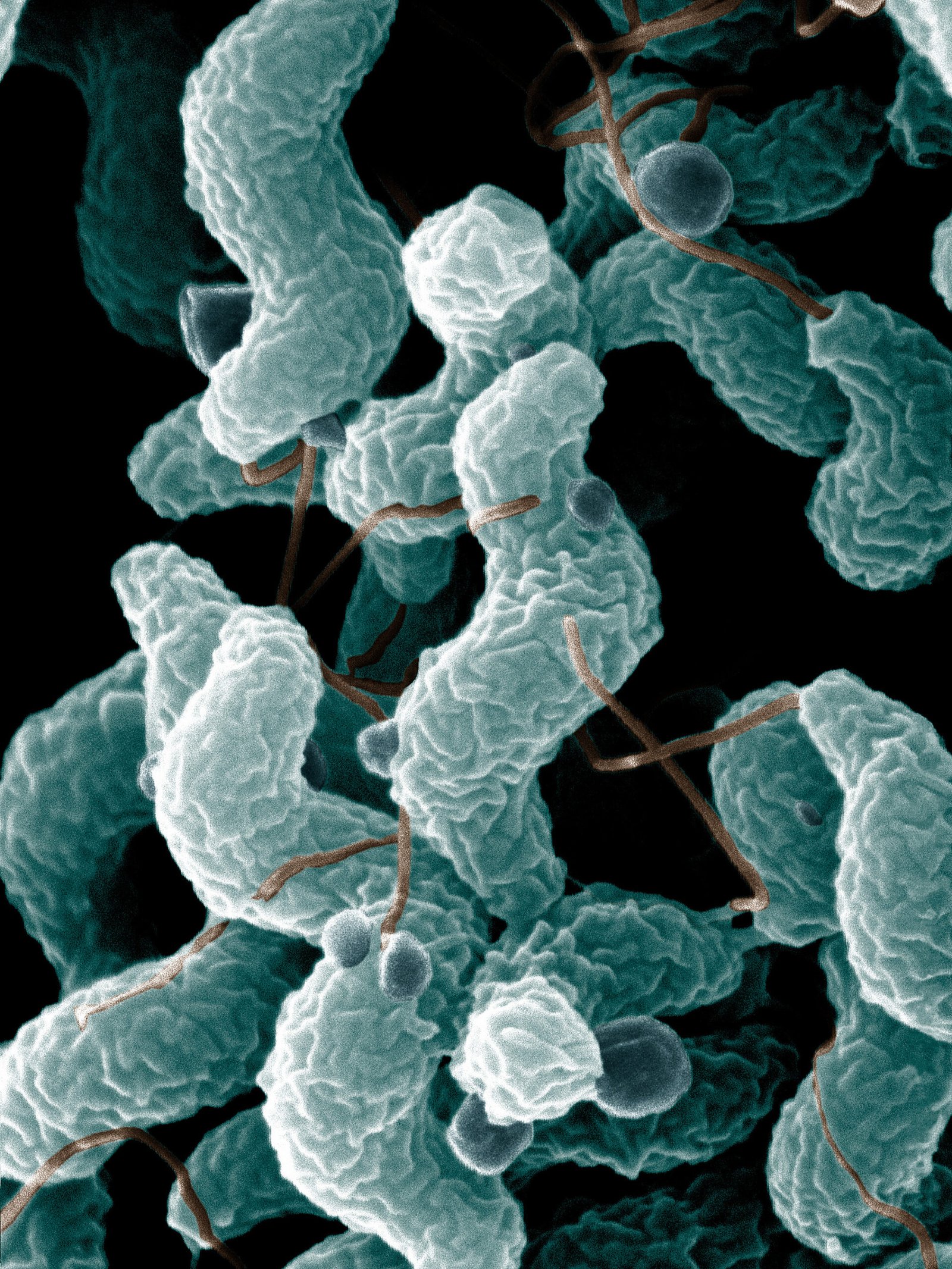
Microbes like Halomonas salaria are more than just biological oddities. They are pioneers, demonstrating that life can adapt to the harshest environments on Earth—and perhaps beyond. Their existence raises thrilling questions about the potential for life in extreme conditions elsewhere in our solar system, such as the subsurface oceans of Jupiter’s moon Europa or Saturn’s moon Enceladus. If a microbe can survive the crushing depths of the Mariana Trench, who’s to say what might be possible on other worlds?
Why Not Whales or Crustaceans? The Limits of Animal Adaptation
It’s easy to assume that the largest or most armored animals would be the best at handling pressure. After all, deep-sea fish, giant squid, and bizarre crustaceans have evolved remarkable adaptations, from flexible bones to pressure-resistant proteins. Yet, even their limits pale in comparison to microbes like Halomonas salaria. Multicellular organisms face challenges coordinating complex systems under immense pressure, making them far more vulnerable than single-celled survivors.
Crushing Depths: The Mariana Trench as a Testbed
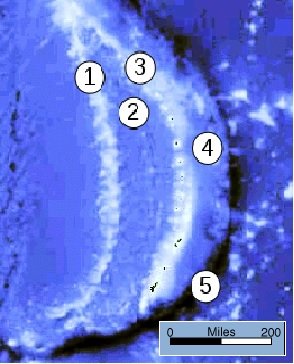
The Mariana Trench, plunging nearly 11,000 meters below sea level, is the planet’s ultimate pressure cooker. Here, water pressure reaches staggering levels—more than a thousand times what we experience on the surface. For scientists, it’s a natural laboratory for studying the limits of life. When sediment samples from the trench revealed living microbes, it was a stunning confirmation that life’s tenacity knows few bounds. These discoveries have inspired countless expeditions and experiments, each one peeling back another layer of nature’s ingenuity.
Microbial Adaptations: More Than Meets the Eye

The adaptations of pressure-loving microbes are not just about brute strength. At the molecular level, these organisms have evolved intricate biochemical pathways to repair damage, stabilize DNA, and maintain metabolic activity under crushing force. For example, certain proteins act as molecular chaperones, preventing misfolded proteins from clumping together. Others help regulate the flow of ions and nutrients, ensuring the cell’s internal environment remains stable. These strategies are a masterclass in evolutionary problem-solving.
Implications for Biotechnology and Medicine
The resilience of pressure-tolerant microbes isn’t just a scientific curiosity—it has real-world applications. Enzymes from these organisms are now being studied for use in industrial processes that require high pressure and temperature, like food sterilization or biofuel production. Their unique membranes and proteins could inspire new materials for deep-sea exploration or even medical implants that must withstand harsh bodily environments. The possibilities are as vast as the ocean trenches themselves.
What Extreme Tolerance Says About Life’s Origins
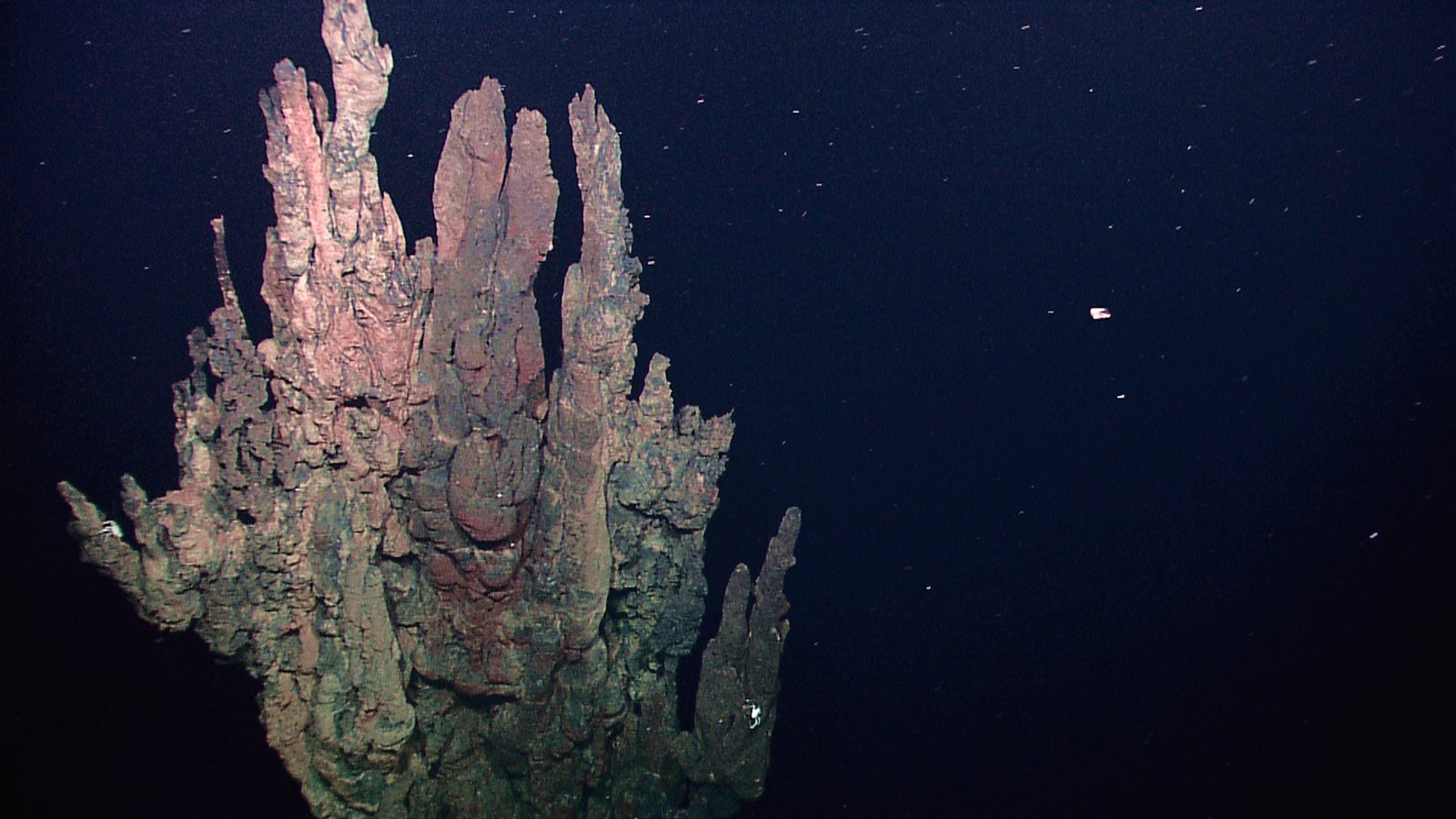
Some scientists believe that the first life on Earth may have arisen in deep-sea hydrothermal vents, where heat and pressure are relentless. The existence of pressure-loving microbes lends weight to this theory, suggesting that the earliest cells were forged in the crucible of extreme environments. This view challenges the traditional “warm little pond” origin story, hinting that life’s spark may have been ignited in darkness, under the weight of the world’s oceans.
Rethinking the Definition of Life’s Limits
The discovery of Halomonas salaria and its kin forces us to rethink what we consider to be the boundaries of life. Each new finding pushes those boundaries further, revealing a world teeming with possibilities. As we continue to explore Earth’s hidden depths—and, perhaps one day, the oceans of distant moons—these tiny survivors remind us that life is infinitely adaptable, and the universe may be far more alive than we ever dared to dream.


